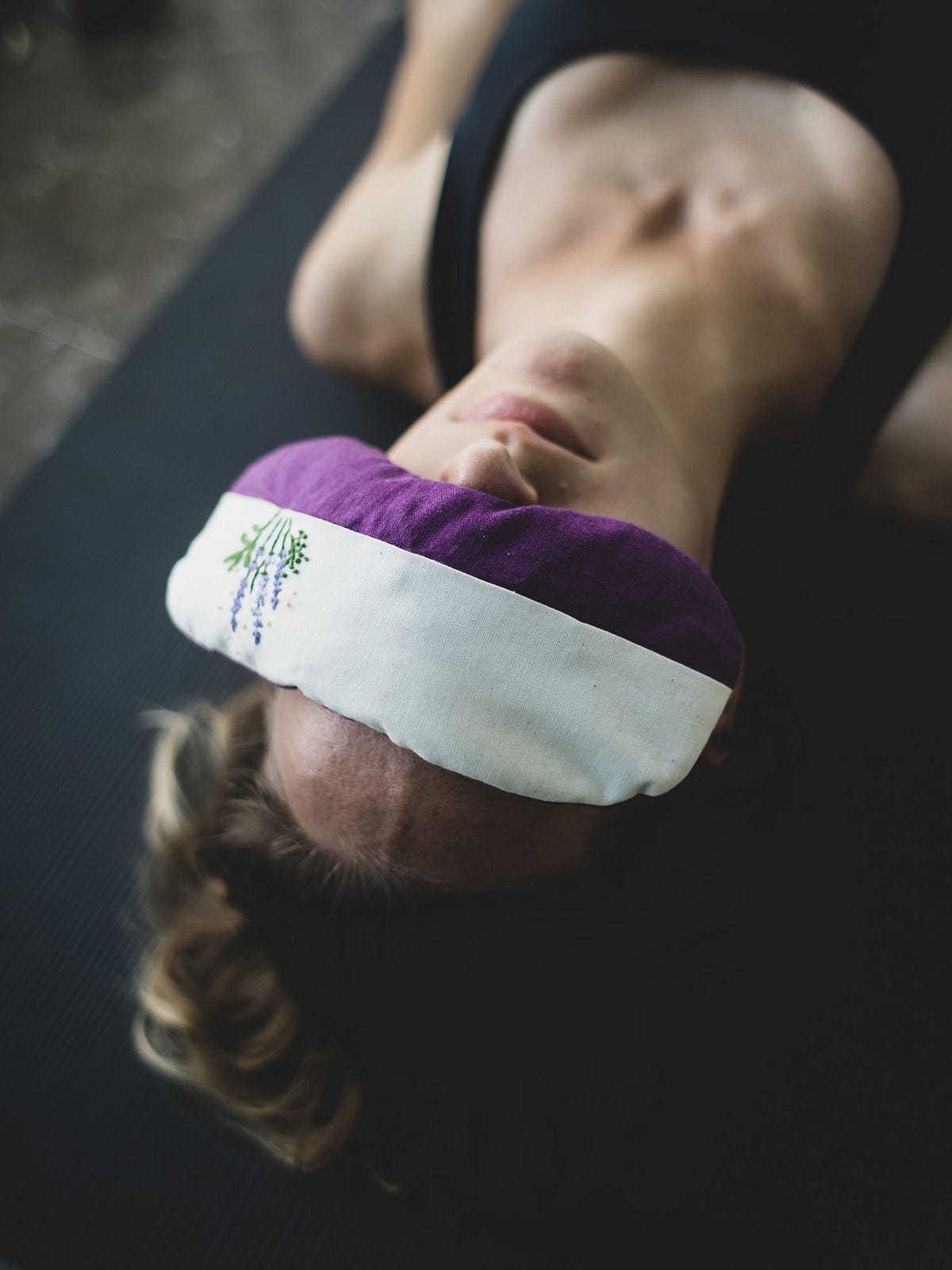**Release the Doing and Discover the Art of Letting Go**
When you initially embark on your yoga journey, savasana feels like a luxury. Reclining on a soft mat amidst flowing incense and the gentle sounds of a Tibetan singing bowl? Absolutely!
**Why Savasana Matters**
The wonderful aspect of savasana is that the duration spent lying down, supported by bolsters, is crucial for your body to assimilate all the insights gained from your yoga session. Just as your body utilizes the nourishment you consume to develop muscles, organs, and tissues, lying flat on your back at the conclusion of the class provides your body the space and time to fully embrace the advantages of yoga asana (postures). Many instructors may not spend nearly as much time on the anatomical details of savasana compared to other poses. This is partly because creating a void is where the enchantment of savasana truly begins.
**Why Savasana is the Most Challenging Pose**
In English, savasana translates to corpse pose. When we are lying down, eyes shut, palms directed towards the ceiling, we could hardly be doing less unless we were indeed one. This is where the difficulty emerges. In Buddhism, a restless mind is referred to as a monkey mind. If you’ve ever been mindful of your thoughts, you may have observed how it frolics from one idea to another like a monkey bouncing through the branches. When you lie or sit in stillness, it frequently feels as if you’re accomplishing nothing. There’s a temptation to resist being present with all those thoughts clamoring for your focus. Thus, savasana may require more practice than various other yoga poses. It’s worth the effort.
**The Physical Advantages of Savasana**
Savasana stimulates the parasympathetic nervous system (your ‘rest and digest phase’). The advantages of spending time in the parasympathetic nervous system (as opposed to the sympathetic nervous system, your ‘fight or flight’ mode) include enhanced sleep, reduced blood pressure, diminished stress, and lower fatigue. Moreover, as your body decelerates, your mind will follow suit.
**Savasana as a Form of Meditation**
Savasana aids in soothing the mind. And while you might not be concentrating on your breath as in traditional meditation, allowing yourself some time (be it one minute or twenty) at the end of your yoga practice to release ‘the doing’ embodies a form of letting go. And letting go is the essence of meditation. Releasing attachment to thoughts starts with permitting your body to relax. So if the urge to bypass savasana arises, remind yourself there’s equal potential for yoga magic in both savasana and handstand. Both positions require practice.
